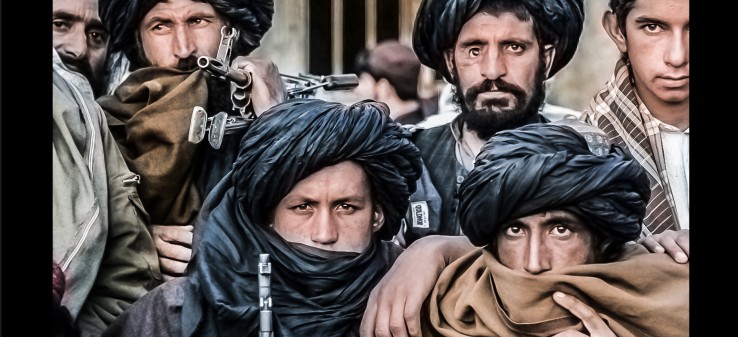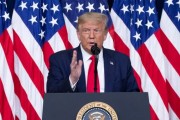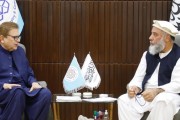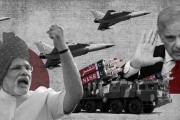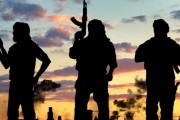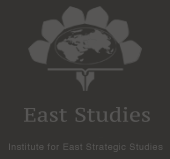Publish Date
Tuesday 10 November 2020 - 13:18
recommended
0
After the fall of the Taliban, everyone believed that the Taliban had ceased to exist and nobody could imagine that the group can be revived in a few years and play an important role in Afghanistan's politics. For more than a decade, the group besides maintaining its influence over the Pashtun regions of Afghanistan and even spreading it to other parts of the country, has managed to carry out Irregular and guerrilla warfare as well as short and periodic attacks against the foreign forces and Afghan troops. It is still no clear that how the Taliban, over these years, have been able to regain and preserve their existence and identity in the face of the consistent attacks by the NATO and Afghan forces. The analysts have done many researches during these years to answer this question, most of which were based on a second hand narrative of the identity and nature of the Taliban. In this study, however, the question will be addressed from a different point of view and by using the “internal developments of the Taliban.”
Afghanistan, as one of Iran's most important neighbors, is facing a variety of political, security, and social issues, one of the most important of which is “the Taliban phenomenon” which is getting more complex in Afghanistan arena. After the U.S. and NATO invasion of Afghanistan in the last months of 2001, when the Taliban government collapsed and most of its members dispersed or fled to the impassable areas of the Durand Line in the south of Afghanistan, their powerful return was a far-fetched scenario, especially for the Americans. But this time, the Taliban, due to various reasons, returned to the battlefield more resolutely than before. In other words, although the Taliban were overthrown by the U.S. and NATO’s military pressure, they did not abandon the idea of establishing a government, and this became a very powerful incentive to gradually gather their remnants.
After the fall of the Taliban, everyone believed that the Taliban had ceased to exist and nobody could imagine that the group can be revived in a few years and play an important role in Afghanistan's politics. For more than a decade, the group besides maintaining its influence over the Pashtun regions of Afghanistan and even spreading it to other parts of the country, has managed to carry out Irregular and guerrilla warfare as well as short and periodic attacks against the foreign forces and Afghan troops. and change the equation in their own favor. In such a situation, the Taliban is considered as one of the most stable actors which have survived from widespread military and social pressures and fragile environmental conditions.
So, the important question is how the Taliban have been able to regain and preserve their existence and identity in the face of persistent attacks by the foreign forces. The analysts have done many researches during these years to answer this question, most of which were based on a second hand narrative of the identity and nature of the Taliban. In this study, however, the question will be addressed from a different point of view and by using the "internal developments of the Taliban."
After the fall of the Taliban, everyone believed that the Taliban had ceased to exist and nobody could imagine that the group can be revived in a few years and play an important role in Afghanistan's politics. For more than a decade, the group besides maintaining its influence over the Pashtun regions of Afghanistan and even spreading it to other parts of the country, has managed to carry out Irregular and guerrilla warfare as well as short and periodic attacks against the foreign forces and Afghan troops. and change the equation in their own favor. In such a situation, the Taliban is considered as one of the most stable actors which have survived from widespread military and social pressures and fragile environmental conditions.
So, the important question is how the Taliban have been able to regain and preserve their existence and identity in the face of persistent attacks by the foreign forces. The analysts have done many researches during these years to answer this question, most of which were based on a second hand narrative of the identity and nature of the Taliban. In this study, however, the question will be addressed from a different point of view and by using the "internal developments of the Taliban."
News code:2441




